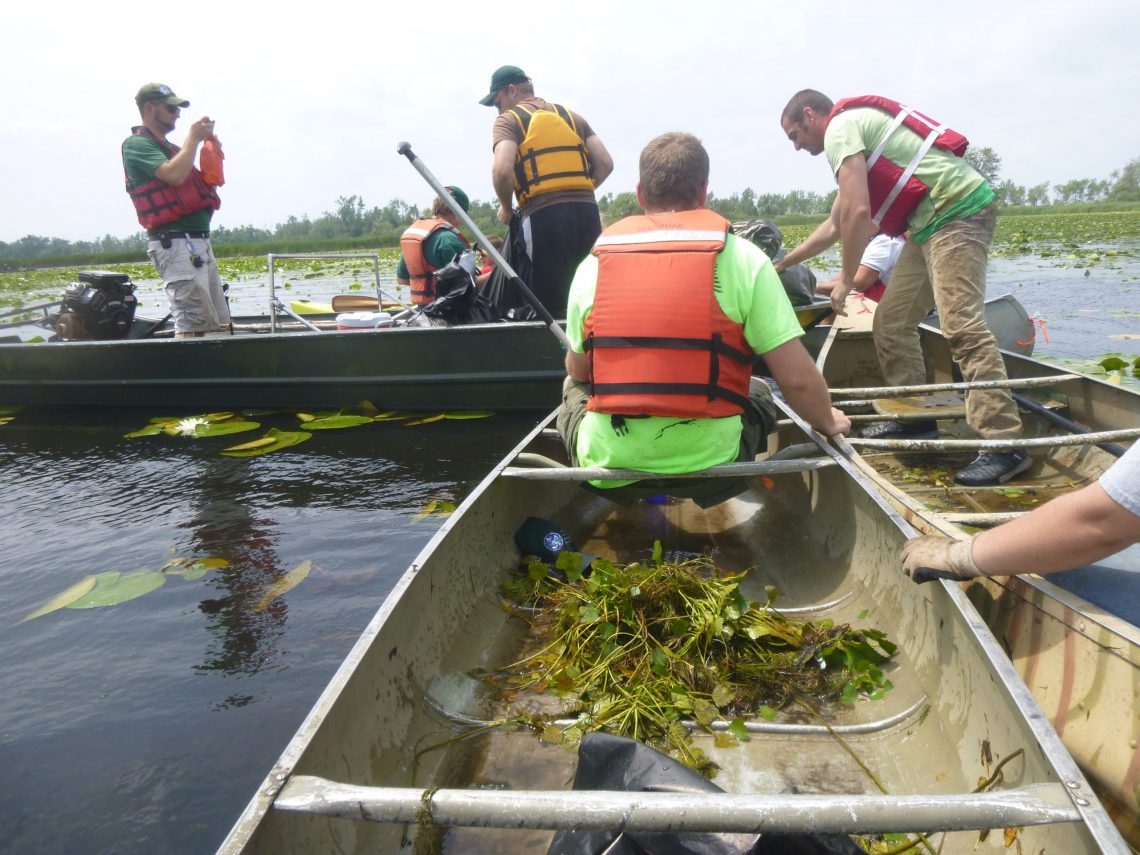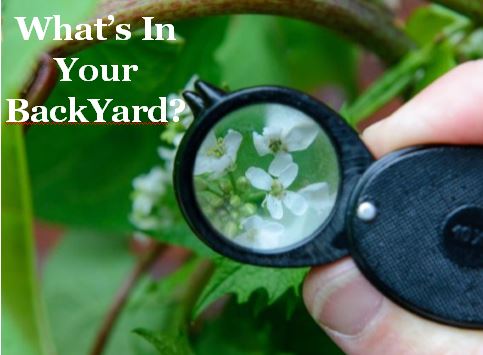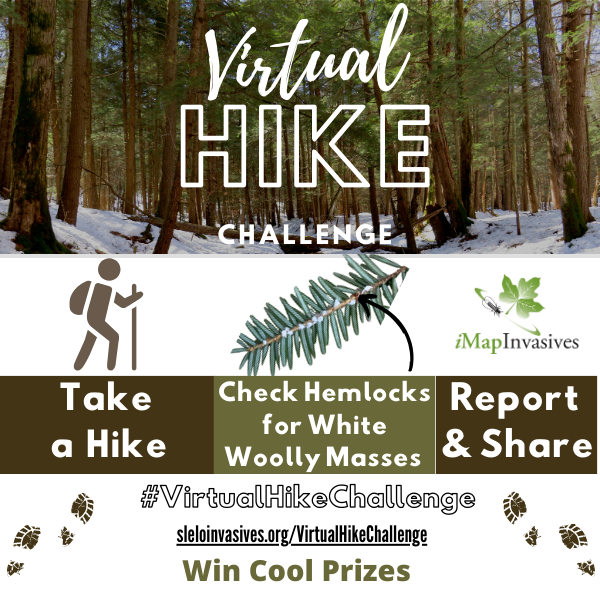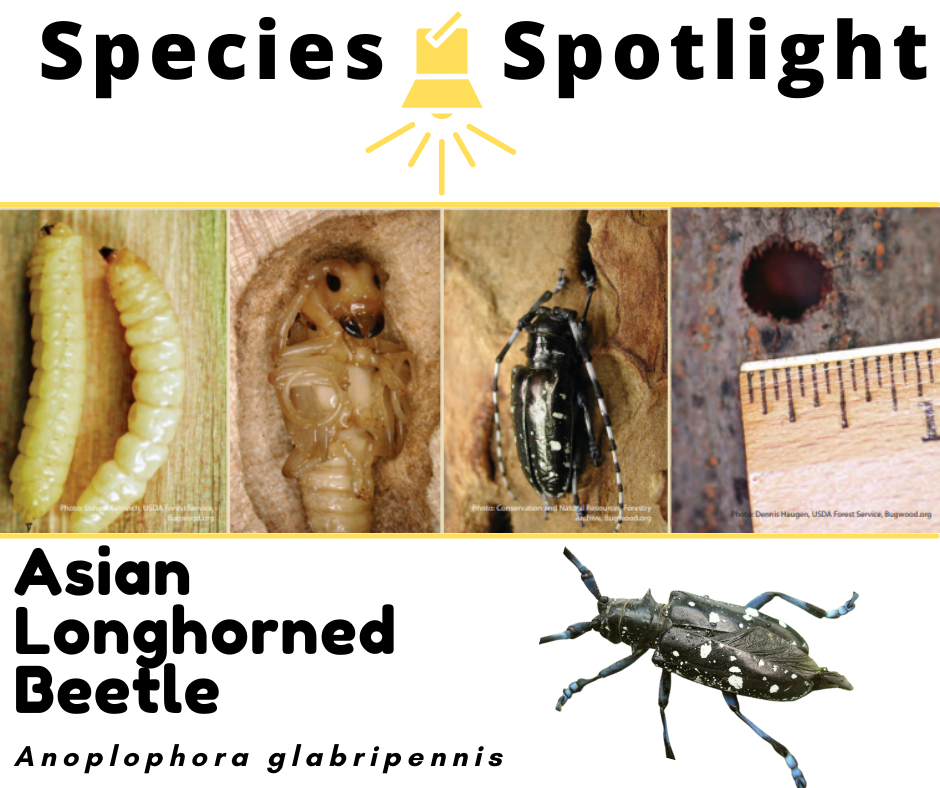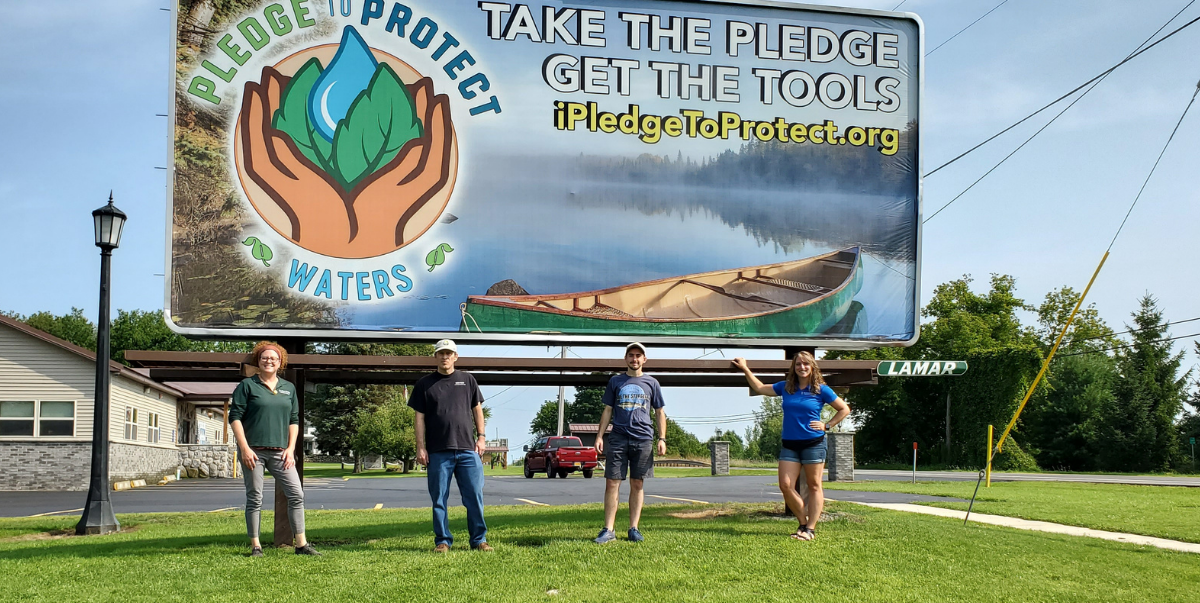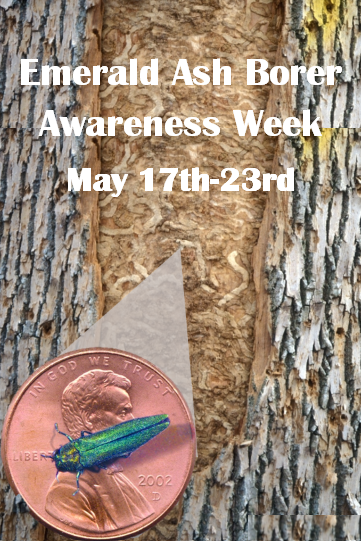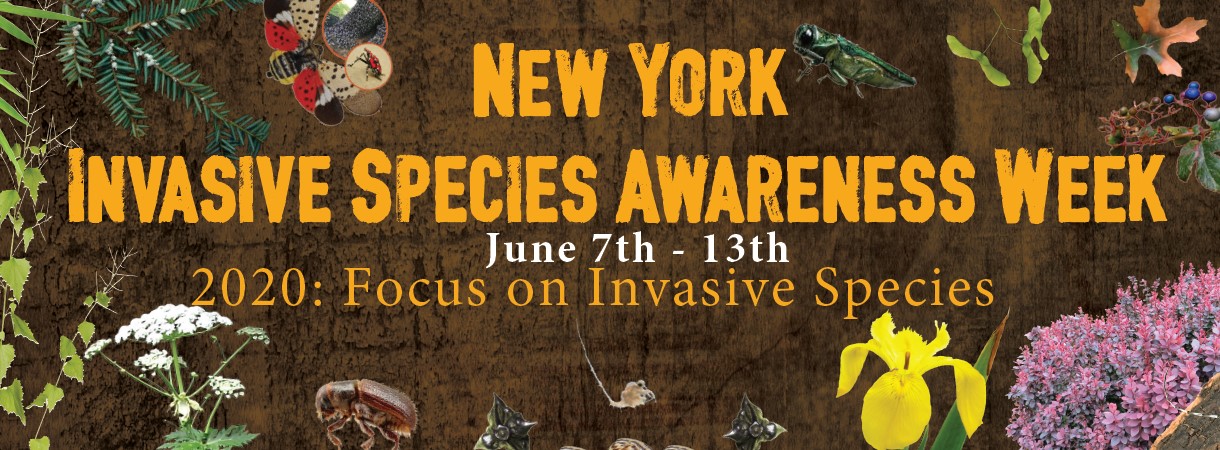The Monitoring and Managing Ash (MaMA) program of the Ecological Research Institute (ERI) has made considerable progress in its efforts to detect “lingering ash”, trees that likely have some resistance to emerald ash borer (EAB) and from which material can be used to breed highly EAB-resistant trees. As EAB’s invasion expands in the SLELO region, participation in MaMA needs to expand as well, so locally adapted lingering ash can be found.
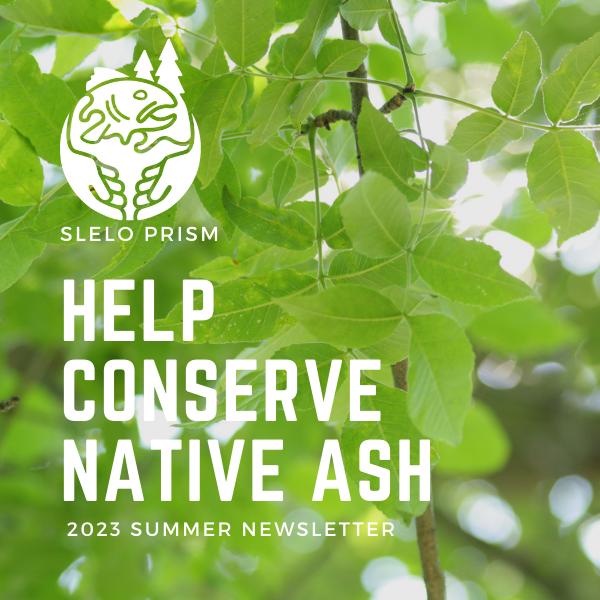
How You Can Help Conserve Ash with MaMA
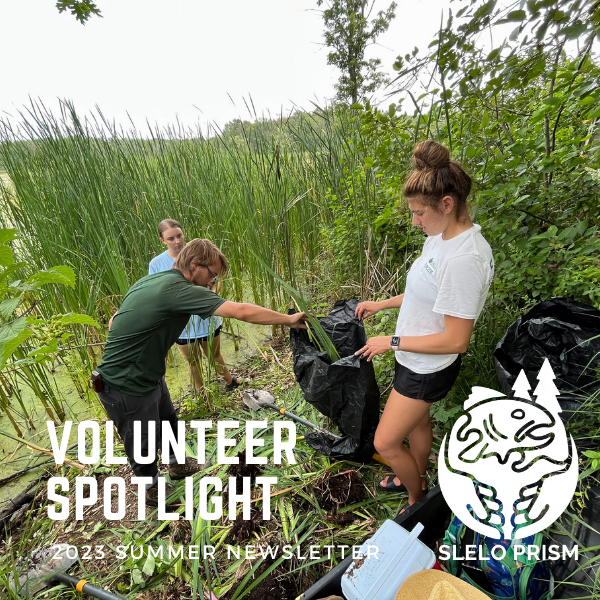
Volunteer Spotlight
Volunteers have helped to remove over 1,200 target invasive species this summer!
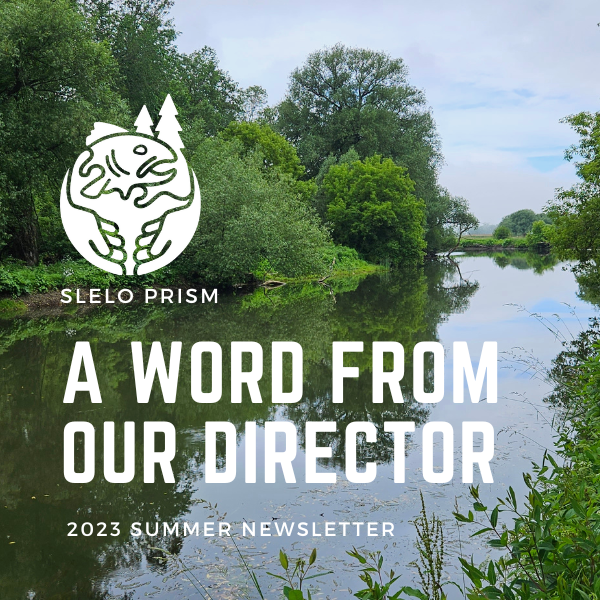
A Word From Our Director: 2023 Summer Newsletter
Our work is more than restoration – it’s about sustaining biodiversity, improving carbon sequestration and wildlife habitat by reducing invasive plant monocultures and increasing native plant establishment. Often, invasive plants create monocultures on the landscape thereby reducing native plant diversity. These same ‘disturbed’ areas can often reduce the healthy sequestration of carbon – as is the case with forest pests. By suppressing invasive plants and promoting native plant recovery, we can increase biodiversity on these sites. As a result, we can improve carbon uptakes and wildlife habitat making these areas more resilient to external stressors such as a changing climate.
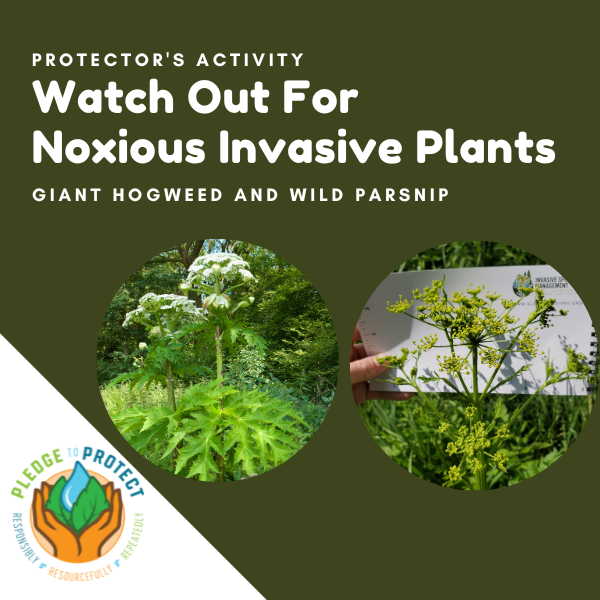
Protector’s Activity: Watch Out For Noxious Invasive Plants
While you’re enjoying the outdoors in your own backyard or on your favorite trail, keep an eye out for noxious invasive plants that could really hinder your outdoor experience!
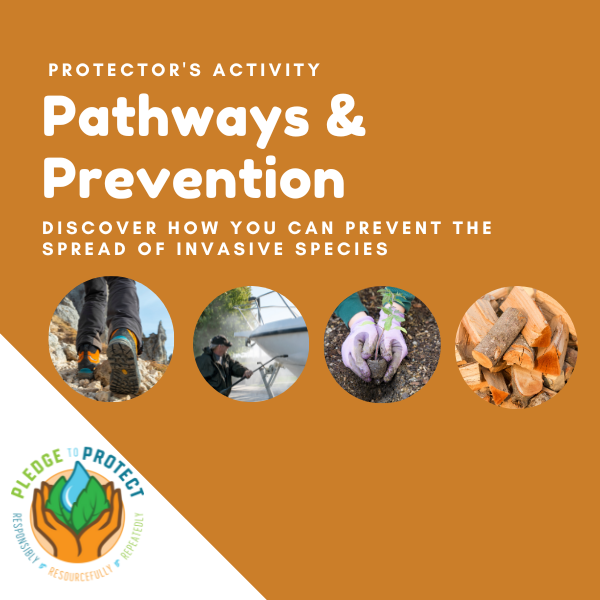
Protector’s Activity: Prevent the Spread of Invasive Species
Did you know that you can spread invasive species by boating, taking a hike, gardening, moving firewood, and many other activities you may enjoy? Learn about invasive species introduction pathways and actions you can take to prevent their spread.
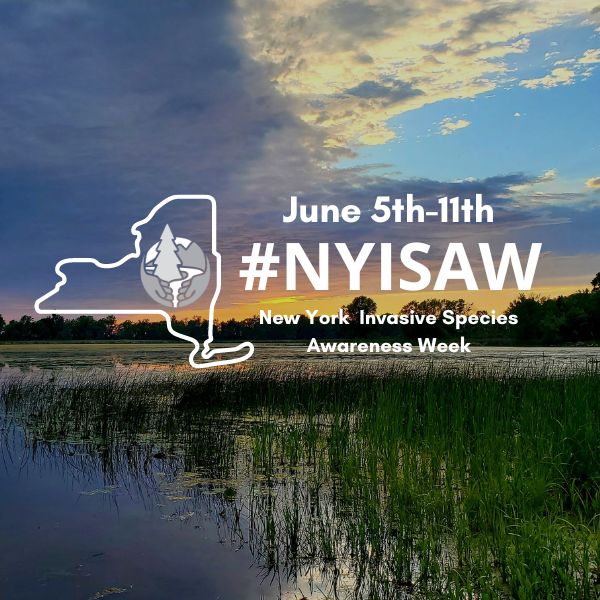
New York Invasive Species Awareness Week
Join guided hikes, paddles, webinars and other events happening across the state for New York’s Invasive Species Awareness Week from June 5th-11th!
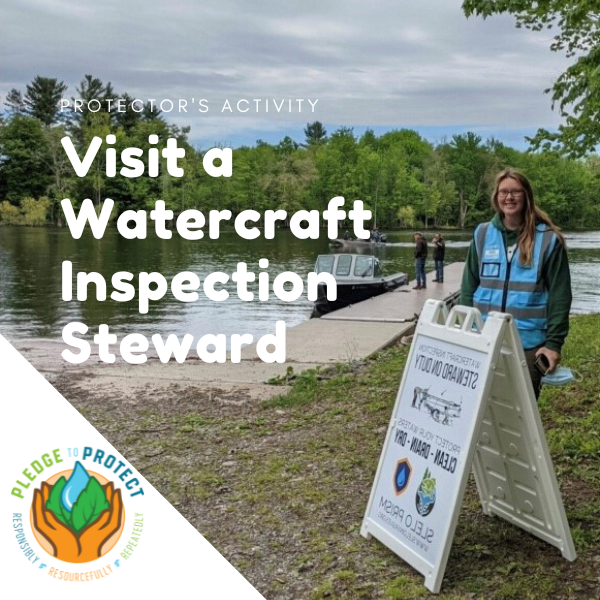
Protector’s Activity: Visit a Watercraft Inspection Steward
Help stop the spread of aquatic invasive species by visiting a watercraft inspection steward this summer!

A Word From Our Director: 2023 Spring Newsletter
As our climate changes, plants and animals shift their distributions by colonizing and establishing new territory to find suitable microclimates that allow them to persist and producing offspring to continue the process. The problem is that this process takes time, often generations; and the process is complicated by landscape fragmentation such as roads, dams, development, and the impacts invasive species have on habitats.
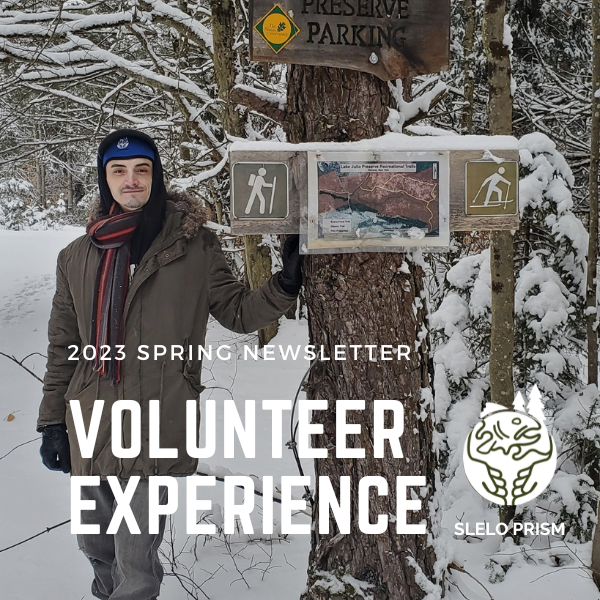
Volunteer Experience
Hear from Lucas Russel, who has become one of our Invasive Species Warriors, about his experience volunteering with SLELO PRISM.
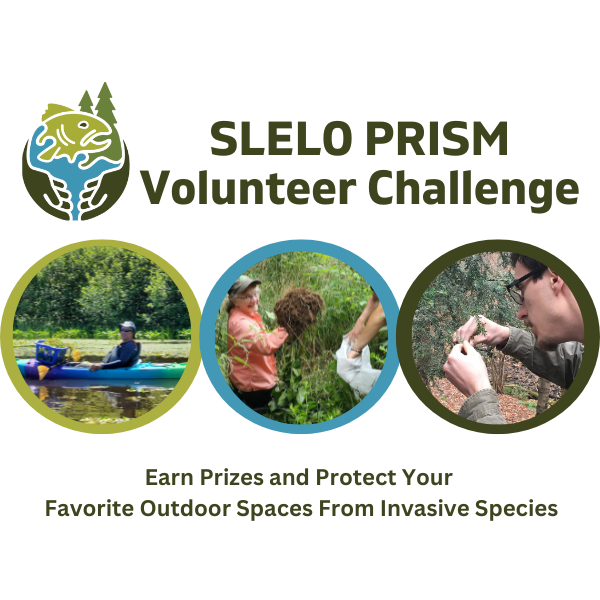
Volunteer Challenge
Take the Volunteer Challenge to get involved and win prizes!
